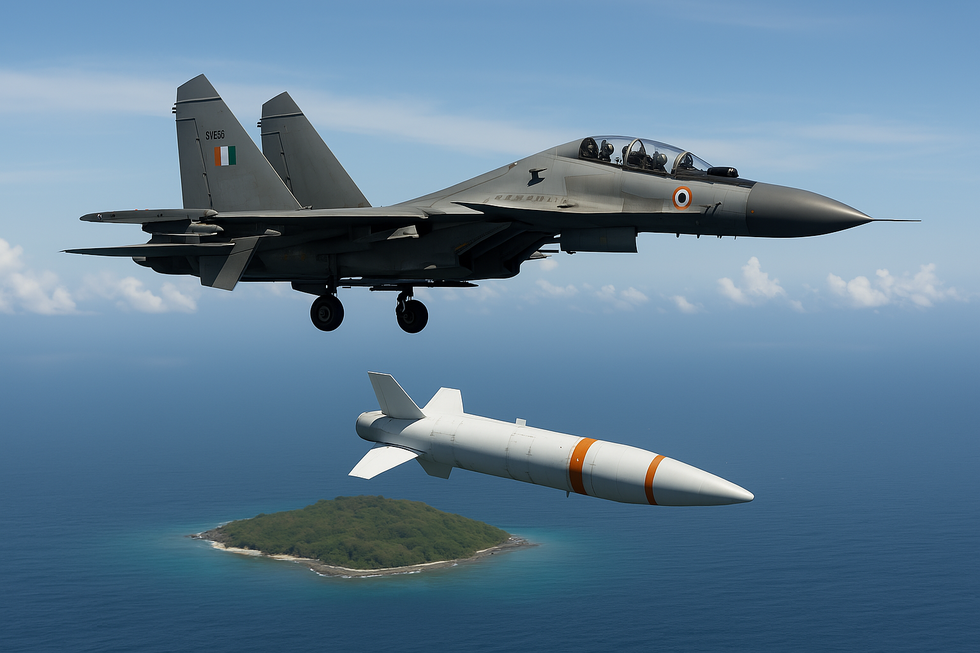




Disclaimer: Copyright infringement not intended.
British startup Pulsar Fusion is developing a nuclear fusion powered rocket called Sunbird which aims to revolutionize interplanetary travel by drastically reducing travel time to planets like Mars and Pluto.
|
Feature |
Details |
|
Potential Speed |
Up to 805,000 km/h (faster than NASA’s Parker Solar Probe) |
|
Expected Demonstration |
Orbital test planned in 2027 |
|
Impact |
Reduces travel time to Mars by nearly half; Pluto in 4 years |
|
Goal |
To develop a practical and sustainable propulsion system for deep space |
Fusion is the process of combining light atomic nuclei like hydrogen isotopes to form heavier nuclei releasing vast amounts of energy.
Occurs naturally in stars including our Sun.
Fusion is cleaner than fission
|
Feature |
Nuclear Thermal Propulsion |
Nuclear Electric Propulsion |
|
Working Principle |
Uses reactor to heat liquid hydrogen, turning it into plasma for thrust |
Converts reactor heat to electricity to power ion thrusters |
|
Thrust Type |
High thrust, low efficiency |
Low thrust, high efficiency |
|
Speed Build-Up |
Faster acceleration in short term |
Gradual build-up of high speed over long distances |
|
Historical Background |
Ground-tested since 1955, mature technology |
Modern, with recent R&D emphasis |
|
Key Components |
Reactor core, LH₂ fuel tank, nozzle |
Reactor, generator, heat pipes, ion thrusters |
|
Use Cases |
Heavy payload launches, interplanetary transfers |
Deep space missions, long-duration voyages |
|
Power Source Flexibility |
Solely nuclear |
Can work with solar or nuclear sources |
Sources:
|
PRACTICE QUESTION Q. Discuss the potential of nuclear fusion propulsion in transforming deep-space exploration. 150 Words. |











© 2025 iasgyan. All right reserved